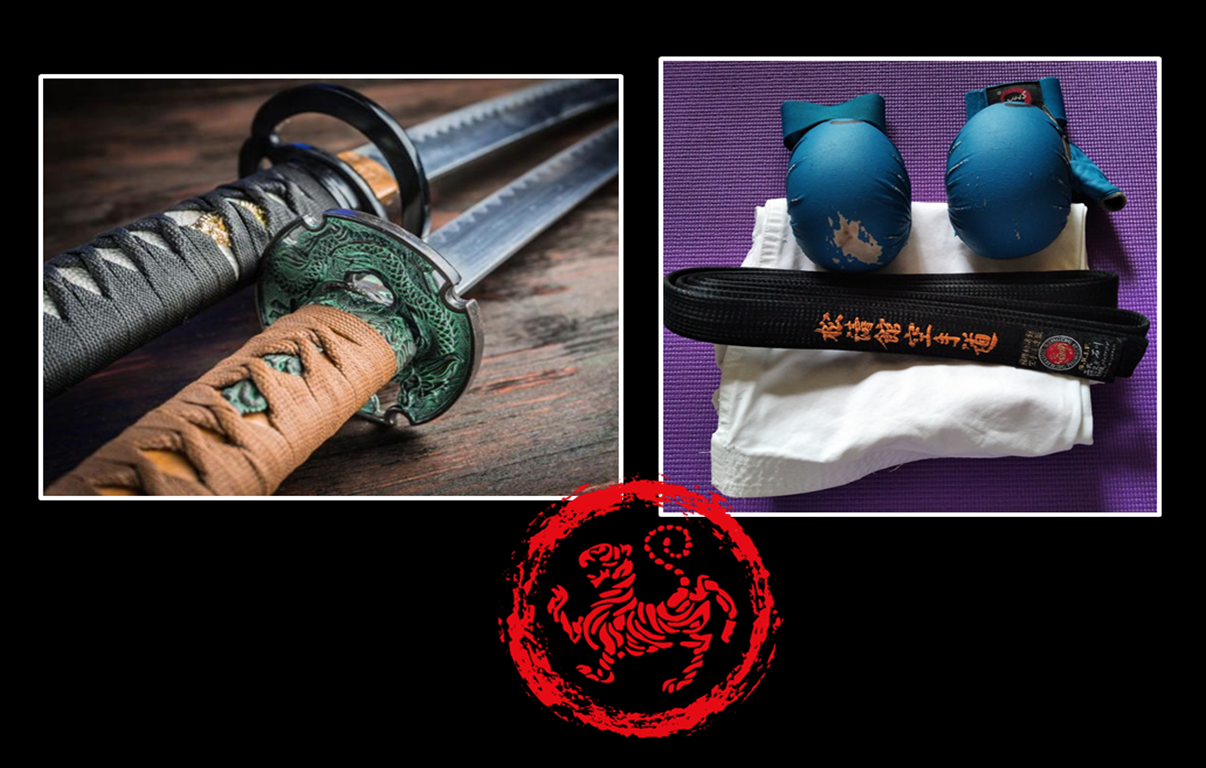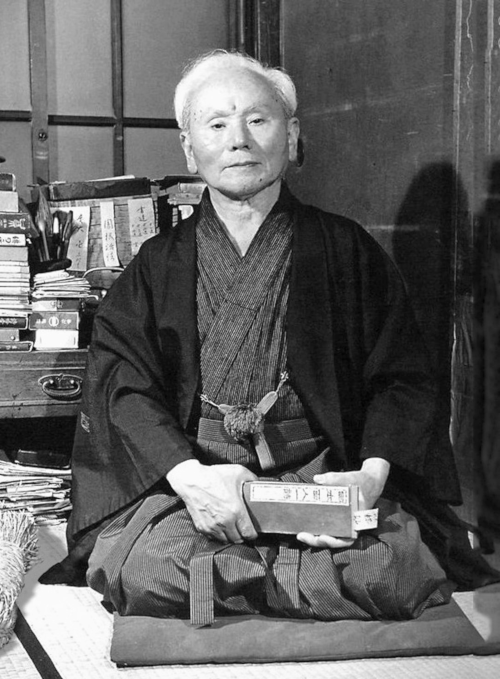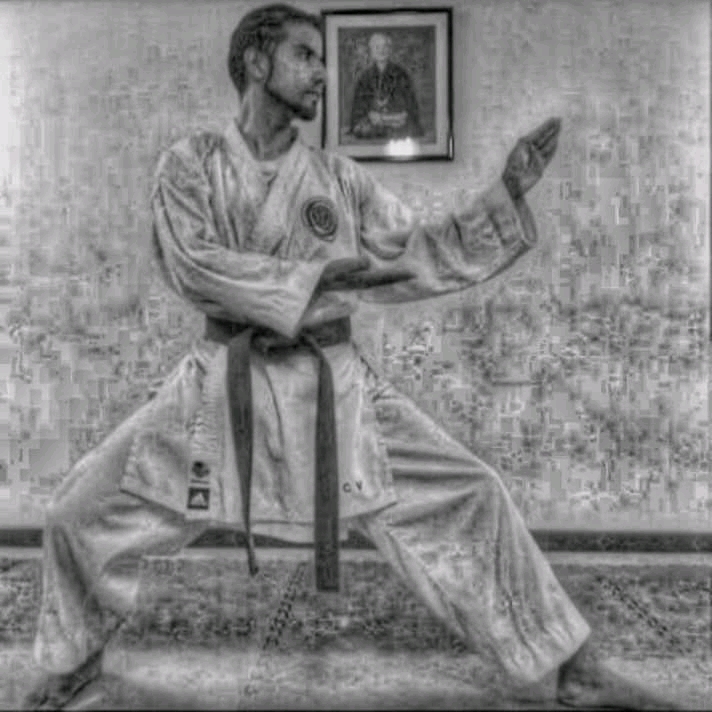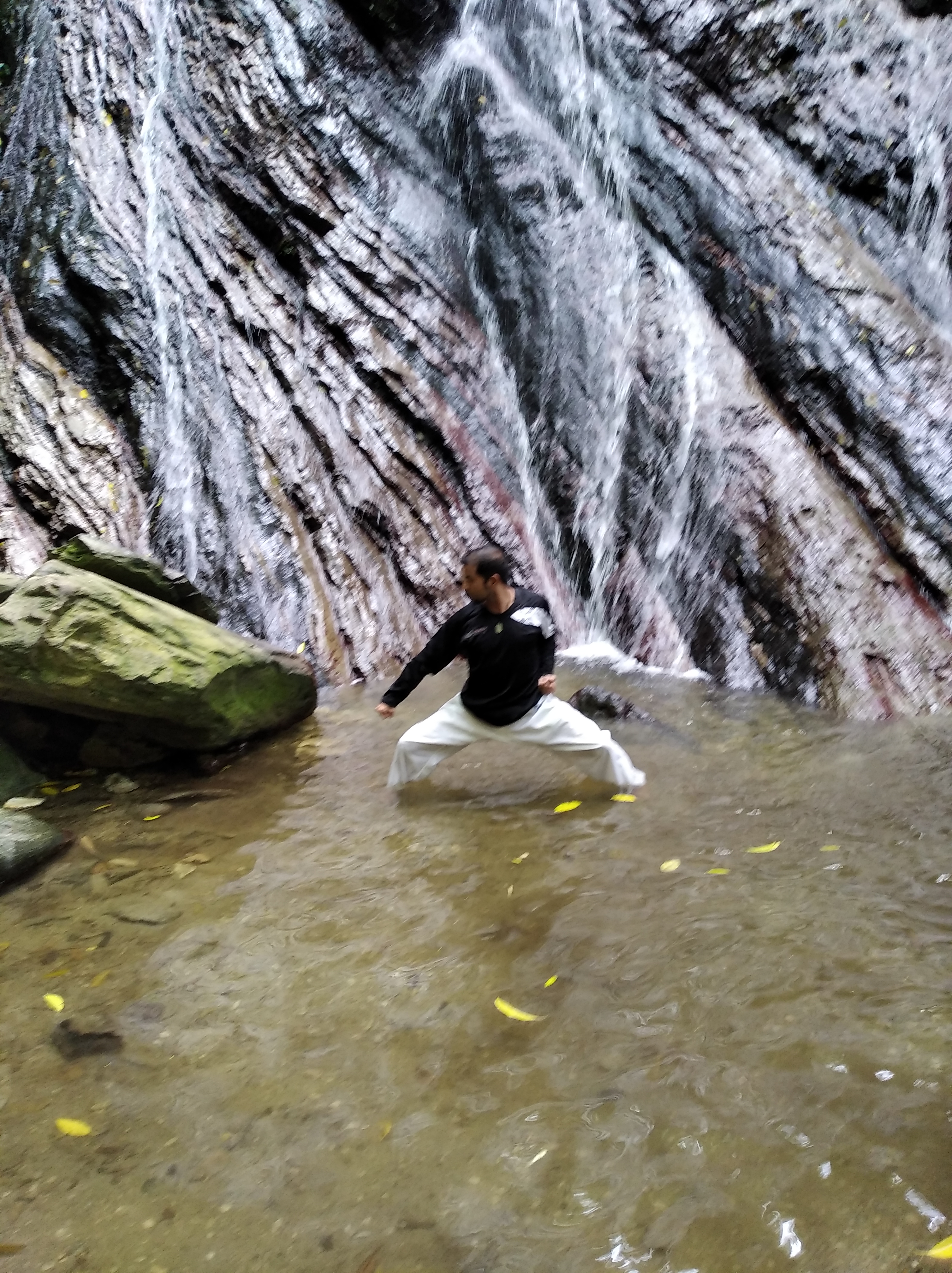Queridos lectores;
En el antiguo Japón feudal existían guerreros valerosos, honorables y muy disciplinados, les llamaban "Samurais", la palabra samurai significa "servir", estos guerreros vivían bajo un fuerte código de ética, el código "Bushido" o camino del guerrero, esta clase guerrera se encontraba organizada por clanes. En la isla de Okinawa cerca del año 1409, hubo sucesivas prohibiciones para portar armas, los guerreros samurai pertenecientes al clan Satsuma confiscaron las armas en la isla, durante este período, tanto los nobles como el pueblo llano fueron empujados a desarrollar métodos de combate, entre ellos el Karate Do o "camino de la manos vacía".
In ancient feudal Japan there were courageous, honorable and very disciplined warriors, they were called "Samurais", the word samurai means "to serve", these warriors lived under a strong code of ethics, the "Bushido" code or way of the warrior, this class warrior was organized by clans. On the island of Okinawa around the year 1409, there were successive prohibitions to carry weapons, the samurai warriors belonging to the Satsuma clan confiscated weapons on the island, during this period, both the nobles and the common people were pushed to develop combat methods, among them Karate Do or "way of the empty hands".

Por el año 1892, según el Maestro Gichin Funakoshi, un profesor de escuela comenzó a enseñar karate a sus alumnos, y cuando llegó el tiempo del alistamiento militar, observaron que aquellos que entrenaban karate estaban en mejor estado físico que otros, entonces las autoridades no tardarían en incorporar el karate en el programa de educación física de dos de las mayores escuelas en Okinawa.
Around the year 1892, according to Master Gichin Funakoshi, a school teacher began teaching karate to his students, and when the time of military enlistment came, they observed that those who trained karate were in better physical condition than others, so the authorities did not it would take time to incorporate karate into the physical education program of two of the largest schools in Okinawa.

"Gichin Funakoshi - Fundador del Karate Do Moderno"
En la actualidad, no podemos usar una katana (espada tradicional japonesa) en nuestra cintura, pero la cambiamos por nuestros guantes, no usamos armaduras elegantes, pero nos colocamos nuestro karategi (uniforme para practicar karate) con orgullo y benevolencia, hemos forjado nuestra voluntad con un temple de acero cual naginata (arma de asta japonesa), y sabemos que la vida es efímera como una flor de sakura (cerezo), por eso valoramos cada instante como si fuese el último, y al igual que los samuráis, conservamos un código de honor, el cual ha prevalecido a través del tiempo:
- Intentar perfeccionar el carácter
- Ser correcto, leal y puntual
- Tratar de superarse
- Respetar a los demás
- Abstenerse de procederes violentos
At present, we cannot wear a katana (traditional Japanese sword) on our waist, but we change it for our gloves, we do not wear fancy armor, but we put on our karategi (uniform for practicing karate) with pride and benevolence, we have forged our will with a steel temper like a naginata (Japanese polearm), and we know that life is ephemeral like a sakura flower (cherry tree), that's why we value each moment as if it were the last, and like samurai, we preserve a code of honor, which has prevailed over time:
- Try to perfect the character
- Be correct, loyal and punctual
- Try to excel
- Respect others
- Refrain from violent procedures

Este soy yo en el dojo donde me formé como Sensei, soy 1Dan avalado por la Shotokan Karate Do International Federation (SKIF)
